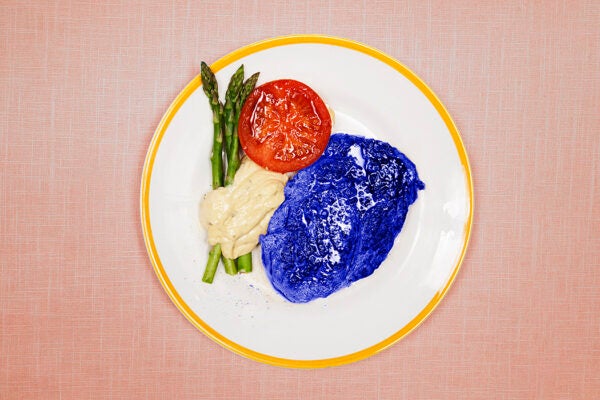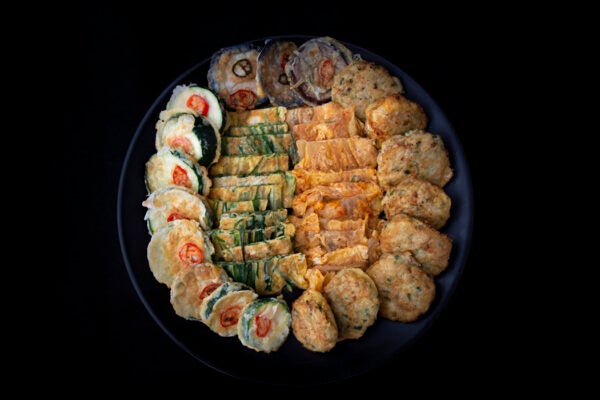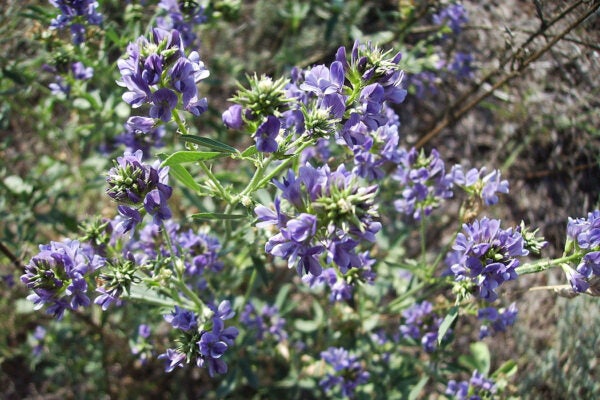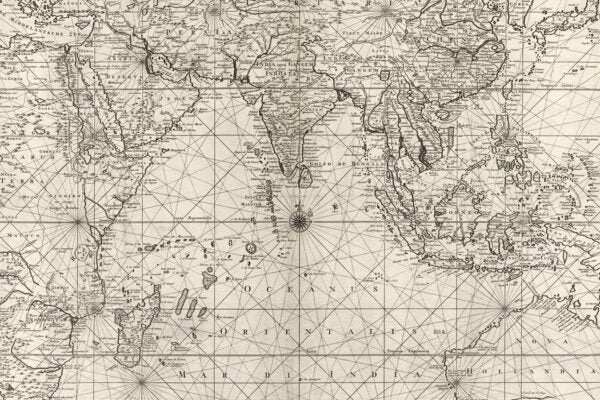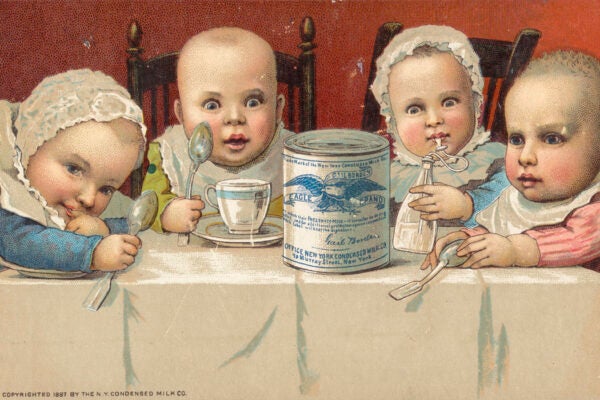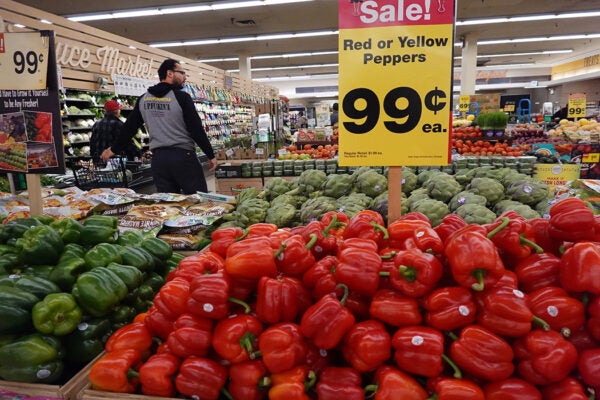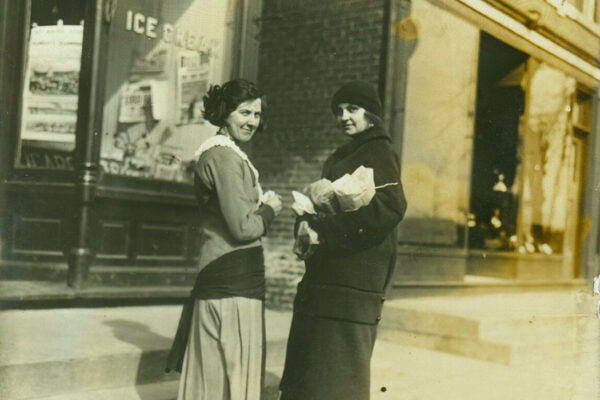How Do You Like Your Steak? Rare, Medium, or Bright Blue?
In 1973, an experiment with dyed food and colorful lights had participants vomiting up their half-finished meals. But did it really happen?
The Georgia Peach: A Labor History
The peach industry represented a new, scientifically driven economy for Georgia, but it also depended on the rhythms and racial stereotypes of cotton farming.
K-cuisine in Malaysia: Are Locals Biting?
By neglecting local tastes and the culinary presence of Korean migrants, state-sponsored initiatives to globalize Korean food may fall short in Malaysia.
Alfalfa: A Crop that Feeds Our Food
In 2023, American farmers grew more than 9 million acres of alfalfa. What makes this legume hay so special?
Culinary Fusion in the Ancient World
People from eastern Africa, the Arabian Peninsula, South Asia, and Southeast Asia have been sharing food plants across the Indian Ocean for millennia.
The Sweet Story of Condensed Milk
This nineteenth-century industrial product became a military staple and a critical part of local food culture around the world.
Why Eat Like a Caveman?
To people who follow the Paleo plan, it can mean anything from embracing meat-eating as a feminist choice to seeking a balanced life with room for leisure.
The Price of Plenty: Should Food Be Cheap?
The supermarket revolution made food more affordable and accessible than ever. But do the hidden costs of food feed into our illusions of justice and progress?
Vanillagate? Ice Cream Parlors and White Slavery
At the beginning of the twentieth century, there was no more dangerous place for a young white woman than the ice cream parlor.
